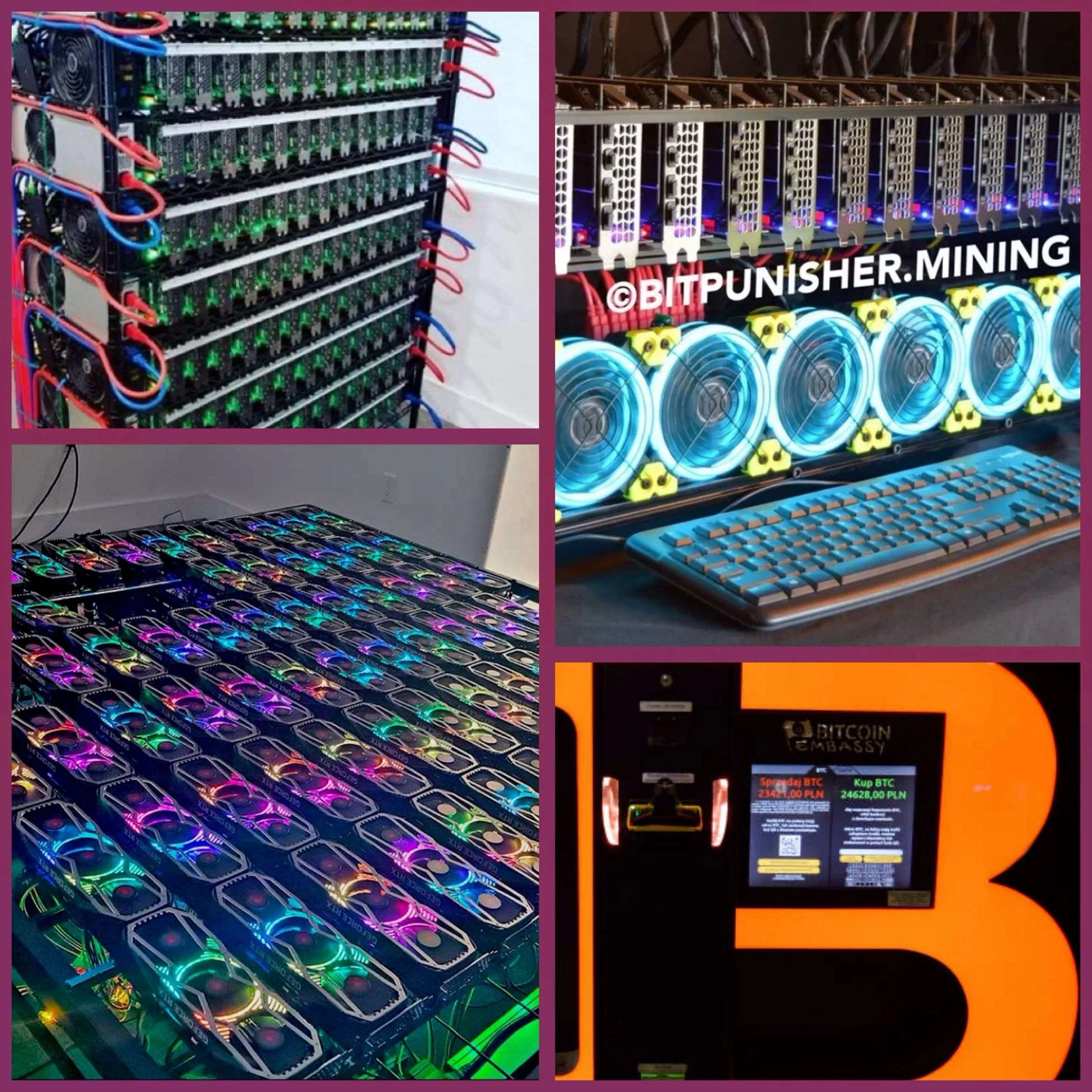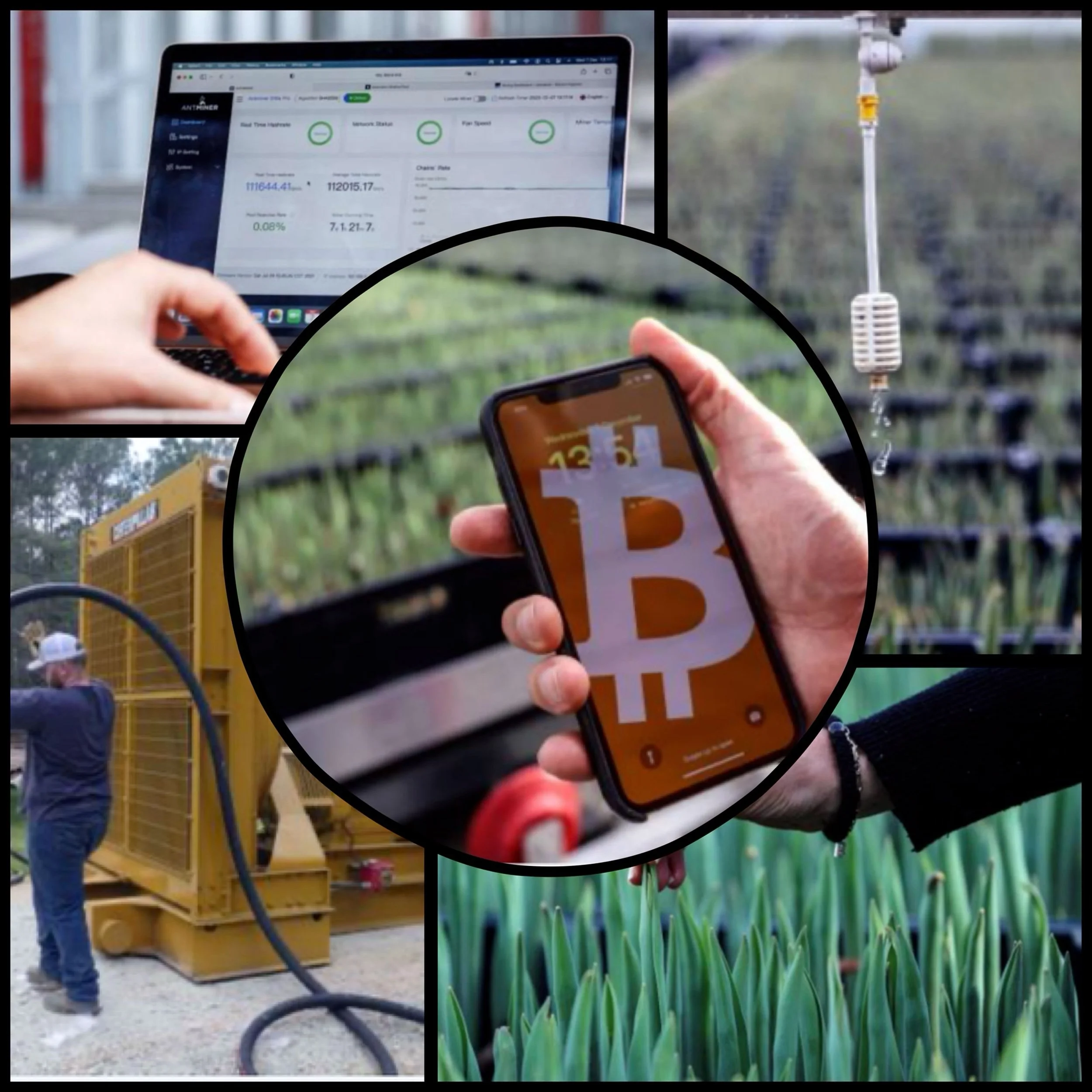What are the main factors & cost to consider when setting up a mining rig
Introduction
When setting up a mining rig, there are several key factors to consider:
Hardware Components
Processing Power
The core of any mining rig is its processing capability, which can be provided by:
GPUs (Graphics Processing Units): More versatile but less efficient for Bitcoin mining.
ASICs (Application-Specific Integrated Circuits): Highly specialized and efficient for Bitcoin mining.
Other Essential Components
Motherboard: Connects all components and determines GPU capacity.
Power Supply Unit (PSU): Must match the power needs of the GPUs or ASICs.
RAM: Typically 8GB DDR4 is sufficient.
Storage: SSD or HDD, with 240GB or larger usually adequate.
Mining Frame: Houses and organizes the components.
Cooling and Ventilation
Effective cooling is crucial to prevent overheating and maintain optimal performance:
Air Cooling: Using high-powered fans for heat dissipation.
Liquid Cooling: More efficient but complex cooling solution.
Proper Ventilation: Well-designed airflow in the mining space.
Power Consumption and Efficiency
Electricity Costs: Calculate the power draw of your equipment and local electricity rates.
Energy Efficiency: Choose hardware that offers a high hash rate with lower power consumption.
Mining Software and Pool
Mining Software: Compatible with your hardware and operating system.
Mining Pool: Consider joining a pool to increase chances of earning rewards.
Location and Environment
Climate: Cool environments can naturally help with temperature management.
Noise Levels: Mining rigs, especially ASIC miners, can be loud (around 90 dB).
Space Requirements: Ensure adequate room for equipment and ventilation.
Network and Connectivity
Internet Connection: Stable and fast internet is essential.
Networking Equipment: Switches, routers, and high-quality Ethernet cables.
Cost Considerations
Initial Investment: Hardware costs can vary significantly based on components chosen.
Ongoing Expenses: Electricity, maintenance, and potential upgrades.
Bitcoin mining rig can vary significantly depending on the scale and quality of equipment. Here’s a breakdown of average costs for low, medium, and high-end Bitcoin mining rigs:
Low-End Mining Rig
Cost Range: $500 - $2,500
Hardware: Basic ASIC miners or GPU rigs
Examples:
Budget-friendly GPU rig: Around $3,400
Mini miners for home use: Starting at $500
Small, cheap miners: Around $1,000
Medium-End Mining Rig
Cost Range: $2,500 - $5,000
Hardware: Mid-tier ASIC miners
Examples:
Bitman Antminer S19K Pro: Slightly under $2,500
MicroBT Whatsminer M50S: $2,999+
Medium mining rigs: Around $2,500
High-End Mining Rig
Cost Range: $5,000 - $20,000+
Hardware: Top-tier ASIC miners
Examples:
Bitmain Antminer S21 Hyd (335Th): $4,200
Bitman Antminer S19 XP Hyd (255Th): $4,150+
Canaan Avalon Made A1366: $5,499+
High-end passive income machines: $10,000+
It’s important to note that these costs typically only cover the mining hardware itself. Additional expenses to consider include:
Power supply units (PSUs)
Cooling systems
Mining frames or enclosures
Networking equipment
Software and operating systems
When setting up a mining operation, it’s crucial to factor in ongoing costs such as electricity, maintenance, and potential upgrades. The profitability of mining depends on various factors, including the price of Bitcoin, network difficulty, and operational costs.
Scalability and Future-proofing
Modular Design: Allow for easy upgrades or expansion.
Technology Advancements: Consider the lifespan of your chosen hardware.
Conclusion
By carefully considering these factors, you can set up a mining rig that balances performance, efficiency, and profitability for your specific circumstances.





